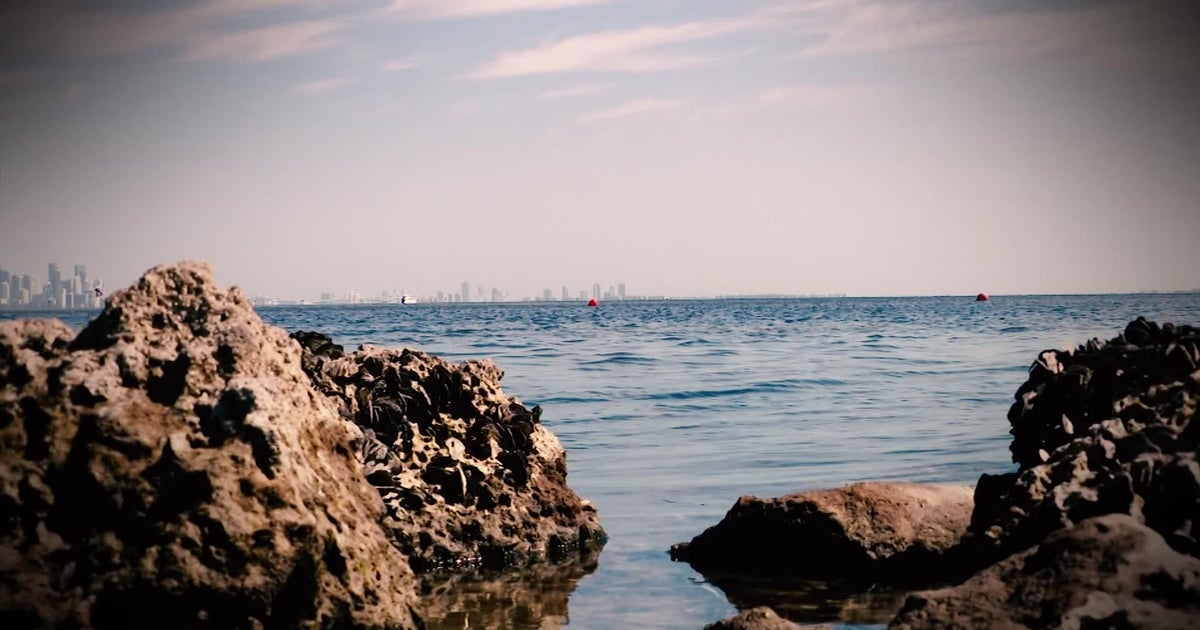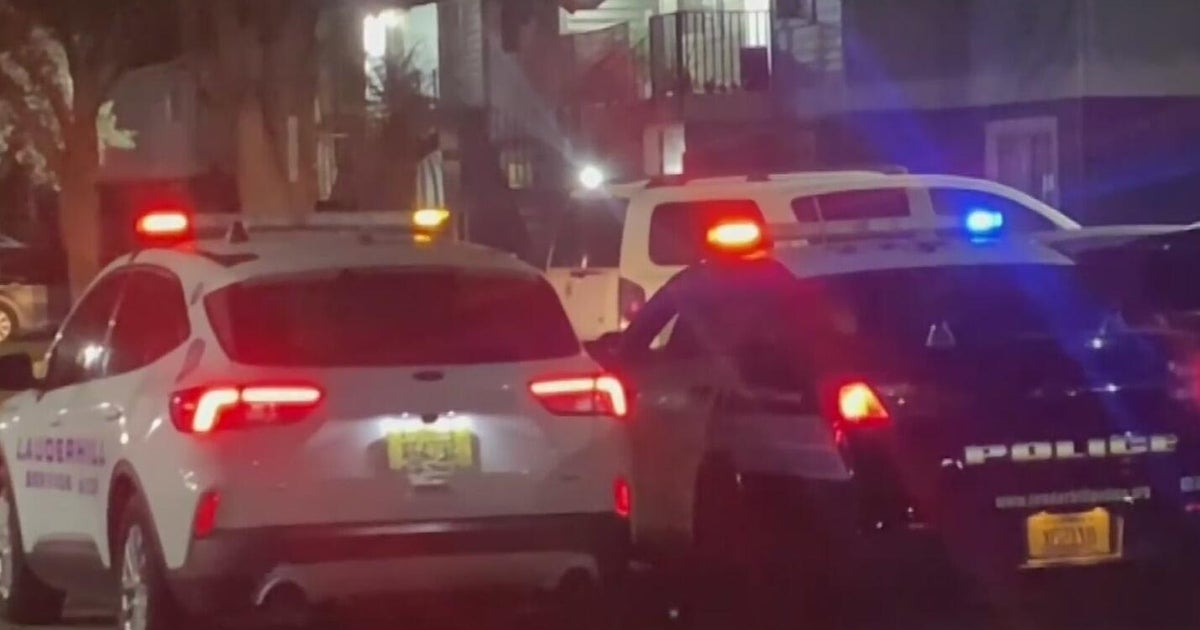In South Florida, a slow-moving climate crisis is kindling alarm as saltwater intrusion threatens the Biscayne Aquifer, the primary source of the region’s freshwater supply.
Environmentalists warn that increasing saltwater seepage into this vital limestone reservoir could jeopardize drinking water for millions, with some areas already losing wells to contamination.
A slow-onset climate crisis
Saltwater intrusion is being called a slow-onset climate crisis by some environmentalists. Here in South Florida, that’s alarming because of our dependency on the Biscayne Aquifer for our water supply. It is being threatened by too much saltwater seeping into our freshwater supply.
“It’s a really important thing for people living in Miami to understand where the water comes from and why it’s a risk, so we can fix it and protect it,” Dr. Rachel Silverstein of Miami Waterkeeper told CBS Miami.
The Biscayne Aquifer holds water right under our feet. It’s made up of limestone, which naturally filters the water as it slowly moves through it. Silverstein put it this way: “Here, it’s in the rocks that we are all standing on top of. That all of our buildings and homes are on top of. Water from the ocean is pushing into the holes in the rock.”
Silverstein explained the same process that filters the freshwater also allows saltwater to move through it as well. Less freshwater in the aquifer can allow saltwater to move inland. That’s not a possibility in the future. It’s already happening.
“There have been areas like Dania Beach and Hallandale Beach that have lost wells to saltwater intrusion,” said Mark Elsner with the South Florida Water Management District.
Elsner’s organization monitors intrusion and what it means for freshwater wells.
“We create these maps every five years,” Silverstein said. “And just look at the movement. We work with utilities and their pumpage because saltwater intrusion can be caused by a number of things.”
Restoring the Everglades to protect the aquifer
Freshwater that used to flow slowly across the landscape is now forced out through canals. This makes it easier for saltwater to replace freshwater that is no longer there. Once that occurs, “It’s extremely difficult to reverse it. We don’t have the infrastructure here. It’s desalination, and it’s expensive and takes a lot of energy,” Silverstein said. Because of that, the focus is on prevention.
“One of the best ways to do it is to restore the Everglades,” Silverstein told us.
For that, CBS News Miami traveled to the frontlines of this effort, off Card Sound Road in southern Miami-Dade County. There, we met Roberto Torres from the Nature Conservancy.
“This is our wetland restoration site where we try to store natural hydrology to the wetlands we’ve acquired,” he told us.
The Nature Conservancy partnered with the county on restoration projects like the one happening on the road to the Florida Keys.
“We are trying to plug these canals and get a sheet flow over the entire wetland area,” Torres told us.
They do that with canals. Their focus is on ones that lack a control structure. The goal: to restore the natural flow of the Everglades. “This project is meant to keep the water from draining off the wetlands, to divert it back to the landscape, and keep these wetlands hydrated,” said Lisa Spadafino with the Miami-Dade Department of Environmental Resources Management.
She told us by keeping the freshwater here for longer, it will not only help recharge the aquifer but protect it from the effects of climate change. “It will help respond to sea level rise,” Torres added.
So, because the water we use every day is literally just under the ground we walk on, Silverstein reminds us all, “That’s why it is so important to protect the land, especially around areas that we are getting our drinking water from to ensure we continue to have high-quality drinking water.”
Here’s what you can do to help that effort:
– Take a shorter shower
– Turn off water when brushing your teeth or shaving
– Install high-efficiency appliances
– Make sure hoses, faucets, and toilets don’t leak



